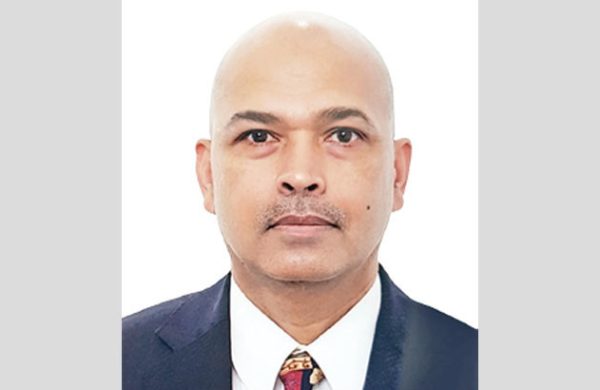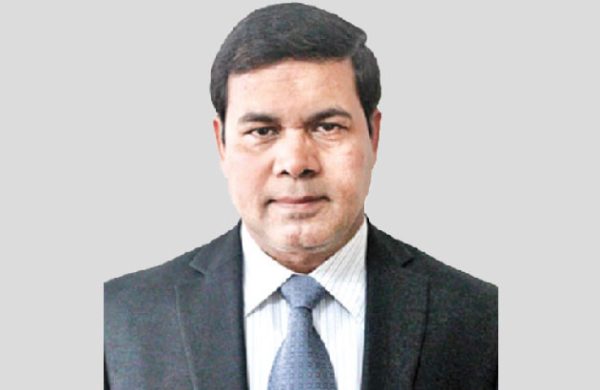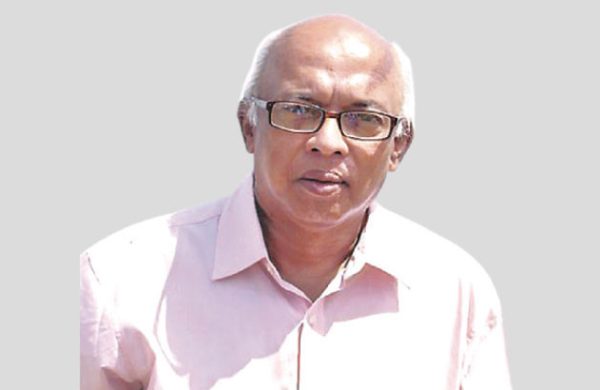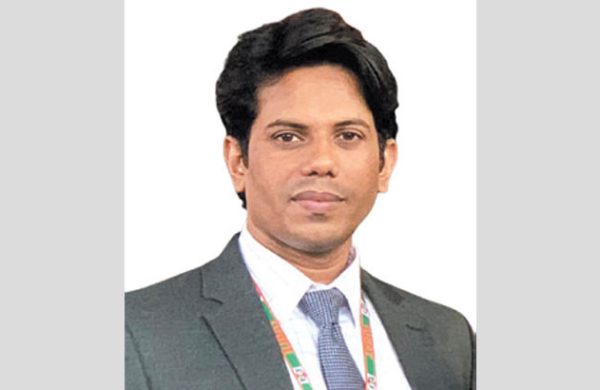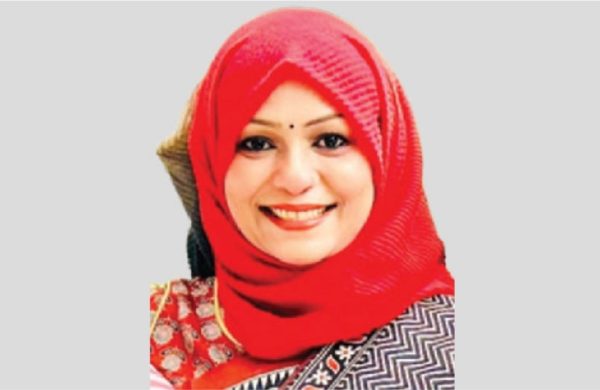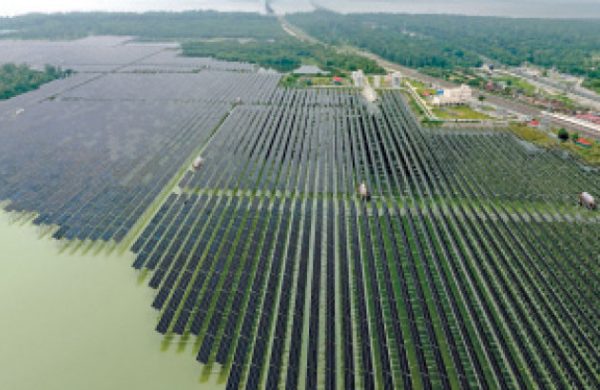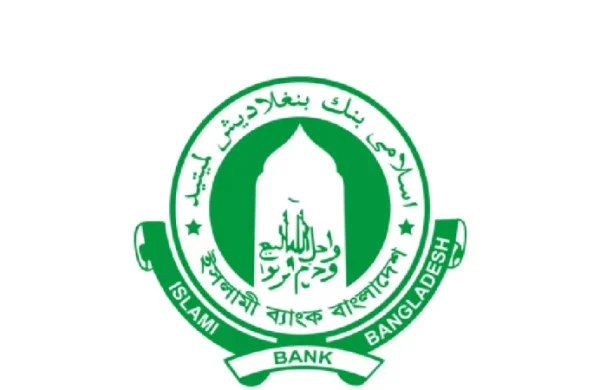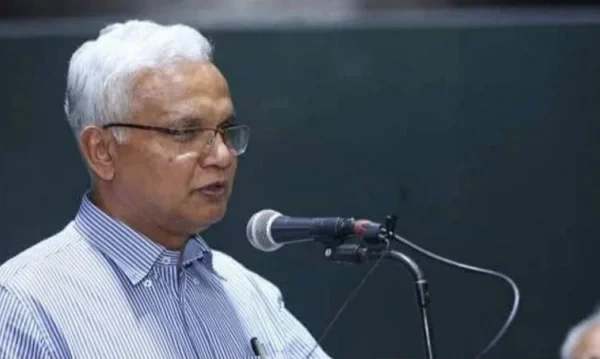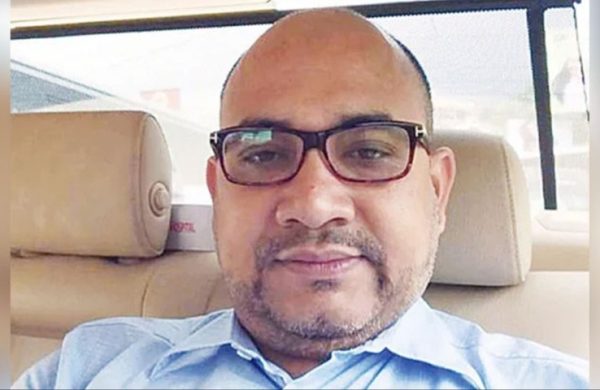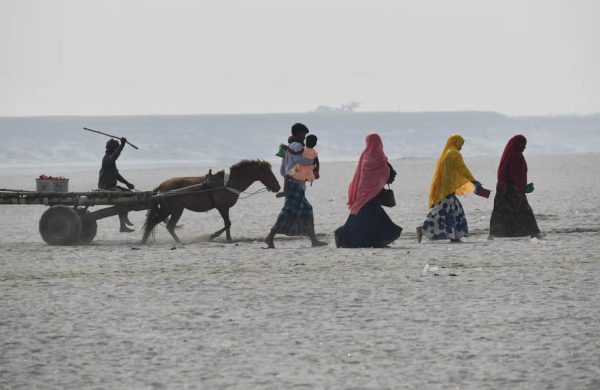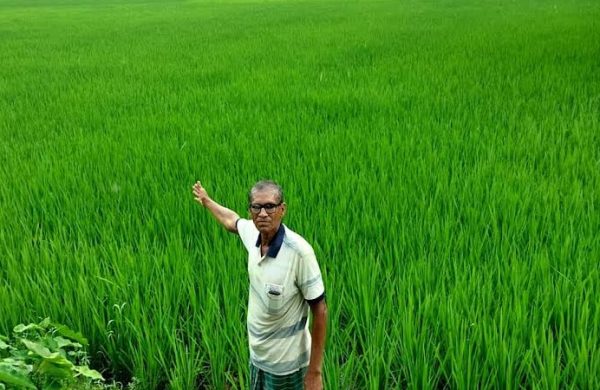Our press freedom remains elusive
- Update Time : Wednesday, August 20, 2025

—Musharraf Tansen—
The fall of Sheikh Hasina’s long-serving government in 2024 sparked initial optimism among journalists, civil society actors, and the broader public who had long been frustrated with shrinking civic space. The transition was widely seen as a historic moment that could open the door to renewed press freedom, greater accountability, and an end to decades of legal harassment under restrictive laws such as the Digital Security Act (2018). International observers, too, anticipated a democratic reset where independent journalism could reclaim its role as the “fourth estate.” Yet, as one year has passed under the interim government led by Nobel laureate Muhammad Yunus, that optimism has begun to fade. While there have been some symbolic gestures toward reform, fundamental challenges persist in securing a safe, sustainable, and vibrant environment for local media, raising questions about whether this political shift will translate into lasting structural change.
The Digital Security Act’s replacement-the Cyber Security Act (or Cyber Protection Ordinance)-was advertised as reformist. In practice, it continues many of its predecessor’s vague provisions and sweeping powers, giving authorities latitude to penalize media through vaguely defined offences like “insulting” individuals or “hurting religious sentiments”. These legal instruments, combined with slow or ineffective implementation of the Right to Information Act, continue to catalyze self-censorship, weakening investigative reporting and transparency.
One of the starkest developments under the interim regime has been revocation of press credentials for 167 journalists-preventing them from accessing government events and making reporting on official processes extremely difficult. Concurrently, Transparency International Bangladesh reports that 496 journalists have been harassed between August 2024 and July 2025. Among them, 266 are named in murder-related cases tied to the July uprising, and at least three were killed on duty. These aggressive reprisals-from legal targeting to physical threats-have entrenched fear across the media landscape.
Beyond legal harassment, physical violence and intimidation are on the rise. Mob attacks and vandalism have targeted major news outlets like Prothom Alo, the Daily Star, ATN Bangla, Somoy TV, and others. Press clubs in Chittagong and Dhaka were similarly assaulted, leaving journalists injured and operations disrupted. These assaults critical undermine journalists’ ability to report-and challenge authorities.
Media ownership concentration remains a persistent structural issue. Major outlets are often controlled by business conglomerates or politically connected elites, shaping editorial agendas through implicit economic pressure. Reliance on government advertising further compromises independence: media fragile financially tends to avoid criticism of authorities for fear of losing revenue. While Bangladesh rose 16 positions in the Press Freedom Index to 149th place in 2025, experts caution that this reflects reduced overt interference rather than systemic improvement.
Journalist associations are deeply divided along political lines-some aligned with the government, others with opposition forces-hindering unity against threats. In this climate, many journalists engage in self-censorship, fearful of legal reprisal, social media defamation, job loss, or mob attacks, resulting in timid coverage of critical issues.
While digital platforms have democratized access to information, they have also accelerated misinformation and polarization. Media literacy among the public remains low, leaving citizens vulnerable to unverified content. Journalists, too, struggle with capacity constraints-most lack training in fact-checking or verification, and are beholden to an overwhelming information flow.
Despite these pressures, the volume of media in Bangladesh has soared. Official records note 1,279 registered daily newspapers, dozens of TV and radio outlets, and thousands of online portals. Yet credible journalism remains limited; many outlets adhered to minimal standards or are ghost publications used to capture public funds.
Amid these challenges, pockets of resilience and innovation offer some hope. Investigative teams like Netra News have produced award-winning reporting on corruption and human rights violations, earning global recognition amidst attempts at censorship and blocking. Such work underscores journalism’s potential to hold power accountable-even under pressure.
A sustainable future for local media in Bangladesh requires a comprehensive reform agenda that addresses both legal and structural constraints while empowering the public as active participants in the information ecosystem. First and foremost, repressive digital laws such as the Cyber Security Ordinance must be repealed or reformed, replaced by rights-based legislation that safeguards freedom of expression and ensures media autonomy. Without dismantling these legal barriers, independent journalism will remain under threat, silencing voices critical to democratic discourse. This legislative shift should be complemented by institutional reforms, such as establishing an independent National Media Commission to oversee policy development and implementation, creating journalist protection mechanisms, and promoting self-regulatory frameworks that uphold journalistic ethics while reducing political interference.
Equally important is the diversification of financial models for media sustainability. Overreliance on government advertising leaves outlets vulnerable to editorial compromise, while declining print revenues and limited digital monetization hinder independence. Encouraging subscription-based models, fostering digital content monetization, and ensuring transparent mechanisms for public funding can help reduce political and corporate influence, enabling outlets to prioritize public interest journalism. At the same time, building professional capacity must be a priority. This means investing in regular training for journalists, expanding fact-checking infrastructure to combat disinformation, and strengthening media literacy programs that empower citizens to critically evaluate information and demand credible reporting.
Finally, safeguarding the safety and dignity of journalists is non-negotiable. This requires restoring accreditation processes free from political bias, revising criminal defamation provisions that are often used to harass reporters, and ensuring that attacks on media institutions and individuals are investigated and prosecuted without delay. Together, these reforms-rooted in rights protection, institutional independence, financial diversification, capacity building, and safety guarantees-can restore the integrity of local media in Bangladesh and reestablish it as a cornerstone of democratic accountability and informed citizenship.
Bangladesh’s local media stands at a crossroads. The initial optimism post-Hasina era has faded, replaced by persistent legal threats, ownership concentration, and institutional inertia. Yet, despite these formidable barriers, independent journalism continues to shine-in investigative reporting, citizen platforms, and digital innovation.
Real transformation will require legal reforms, financial independence, ethical solidarity, and public empowerment. Only by addressing these structural issues can local media reclaim its role as watchdog, informer, and catalyst for inclusive democracy.
——————————————————-
The writer is a Doctoral Researcher at the University of Dhaka


